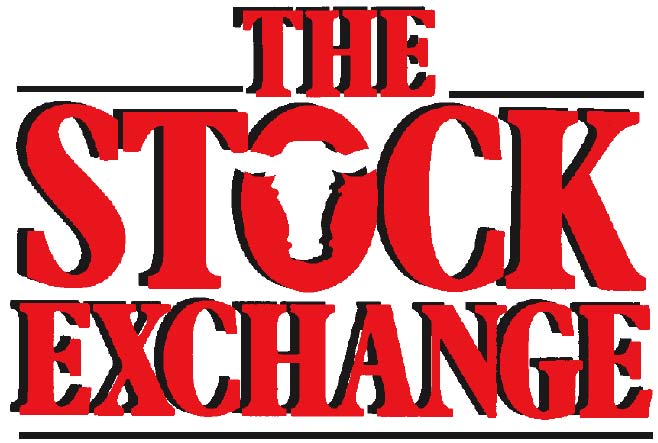Tips to help cut home cooling costs this summer
By Trisha Gedon STILLWATER, Okla. – When it comes to reducing home cooling costs during the summer, some people think adjusting the thermostat is all they can do. Fortunately, there are several things that can help put a dent in the cost of keeping a home cool, said Gina Peek, Oklahoma State University Extension housing and consumer specialist. “We all know Oklahoma summers can be hot. Luckily, consumers don’t have to break the…
